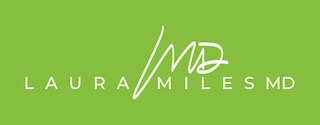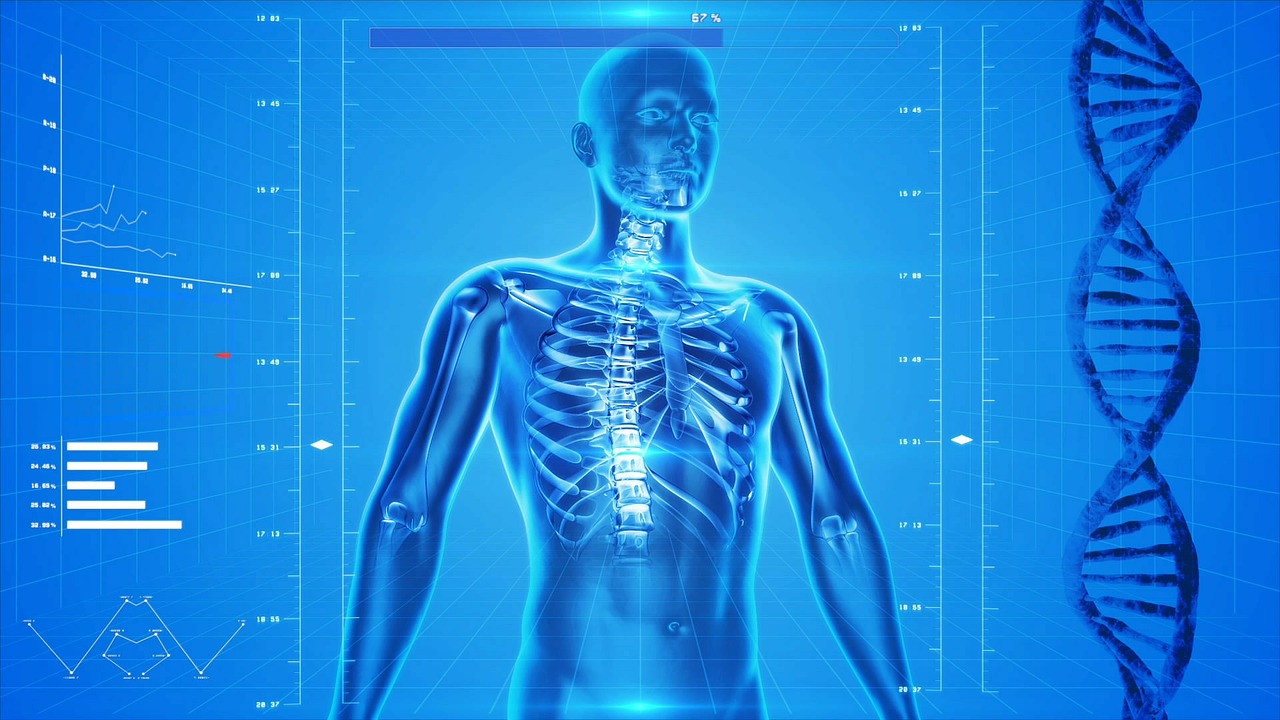Osteoporosis is a very common condition and literally means porous bones or bone loss. Osteopenia is a milder form that just raises the red flag that you aren’t going in the right direction.
Classic risk factors of bone loss include:
- Petite and thin body type
- Women are more prone to bone loss but it can occur in men
- Age: women over 50 are at highest risk
- Ethnicity: Caucasian and Asian women are in the higher risk group
- Family history of osteoporosis
- Smoking
- Heavy alcohol use
Bone loss is typically diagnosed with a bone density scan which is a lower resolution CT scan and usually focuses on the spine and femurs (legs). It is typically done every two years starting around the age of 50. Traditional medicine is currently recommending the bisphosphonates (Fosamax, Boniva, etc) to address osteoporosis but there are many side-effects and the potential of jaw necrosis with these medications. There are opportunities to build bone using diet, exercise, hormones and supplements but it is important to be able to monitor progress with these programs to assess if they are working.
READ ON to learn about a special urine test you can do to monitor bone building as well as five simple tips to help build bones….
We are constantly breaking down and building bone. When hormones start to drop the amount of bone building is decreased so more bone is broken down. Studies are showing that estrogen and testosterone help protect the bones so it just makes sense that we start losing more bone as we age. However, you do not want accelerated bone loss.
There are several tests I use when working up a patient with osteoporosis. The basics include parathyroid hormone, vitamin D, calcium, thyroid and inflammation markers. With these tests I am looking for additional causes of bone loss and will address these areas if needed. Once a bone building program is started with supplements then in 3-4 months I use a special urine test called a DPD or Bone turnover test to assess how quickly bone is being built vs how quickly it is being broken down. This test is useful in monitoring the program because if excessive bone loss is still occurring then changes are made way before the next bone density scan can be done.
These are my top 5 bone building tips:
- Change your diet: decrease inflammatory foods & cut back on carbonated beverages which both accelerate bone loss
- Add weight bearing exercise: this is a MUST!! Get a trainer that will really make you do those exercises you just hate because your bones will thank you.
- Make sure your vitamin D level is optimal. You want a vitamin D level of at least 60. When you take vitamin D make sure it is D3 and you get extra bonus points for having K2 in it.
- Use the proper form of calcium. Calcium hydroxyapatite (MCHC) is the most absorbable followed by calcium citrate. Use the citrate form if you are prone to kidney stones. Avoid calcium carbonate.
- Once you are doing a bone building program measure your results by doing a bone turnover test 3-4 months to see if you are on track.
Call us for your Bone Turnover test today! It is much easier to be proactive and build bone than wait until you have lost it.
To your health,
Laura









